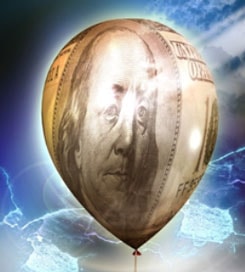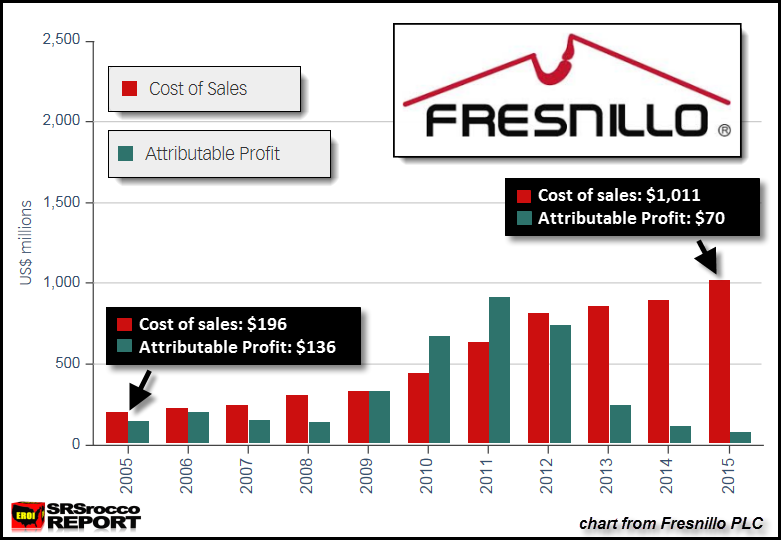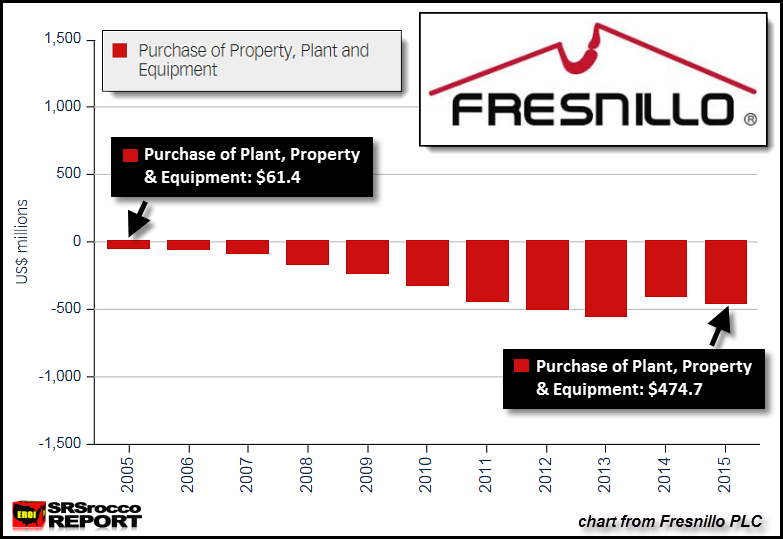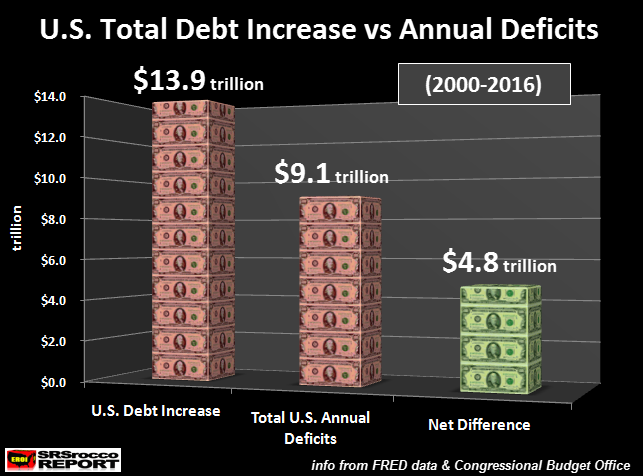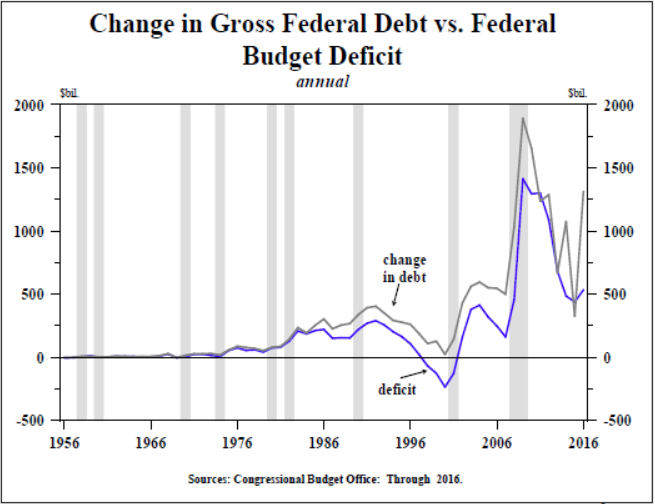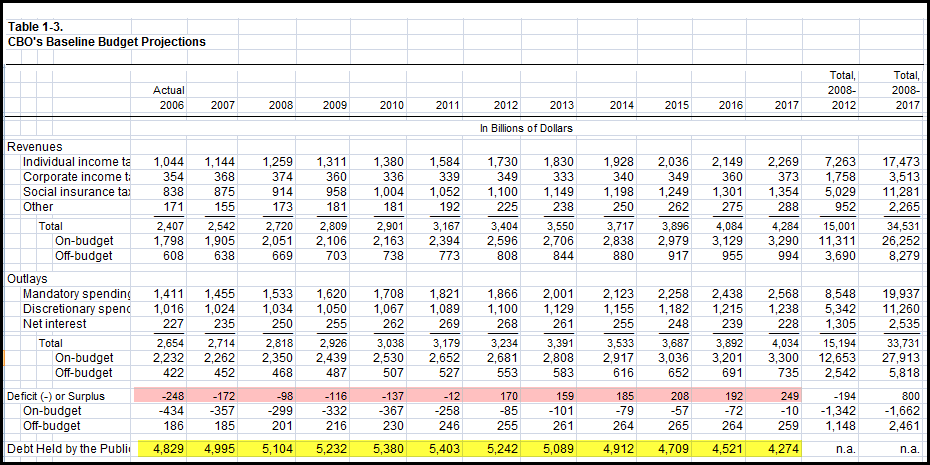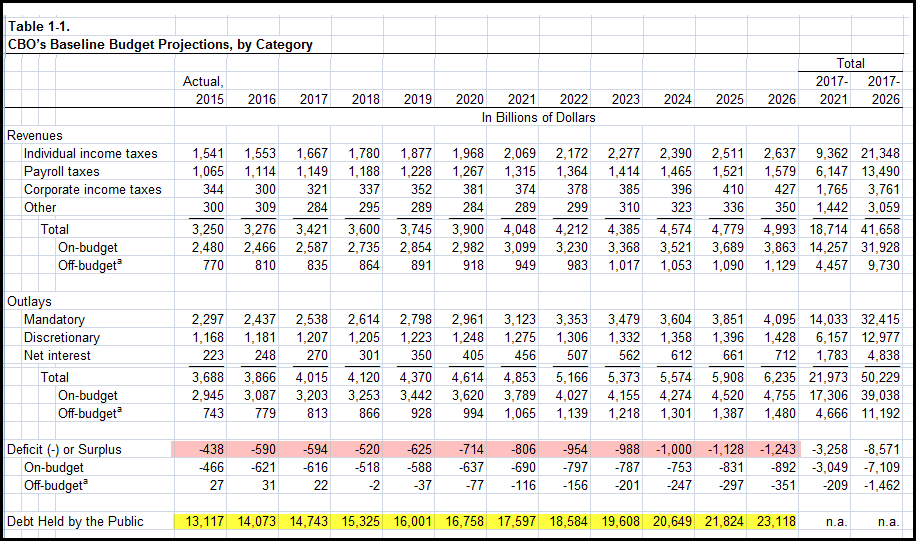Which way will President Trump take the US economy and what will the Trump effect be on gold? Proprietary analyst and founder of Kirby Analytics, Rob Kirby, predicts the most likely and most dramatic actions we should watch for from Trump, and how to position your family to weather the road ahead!
- Source

